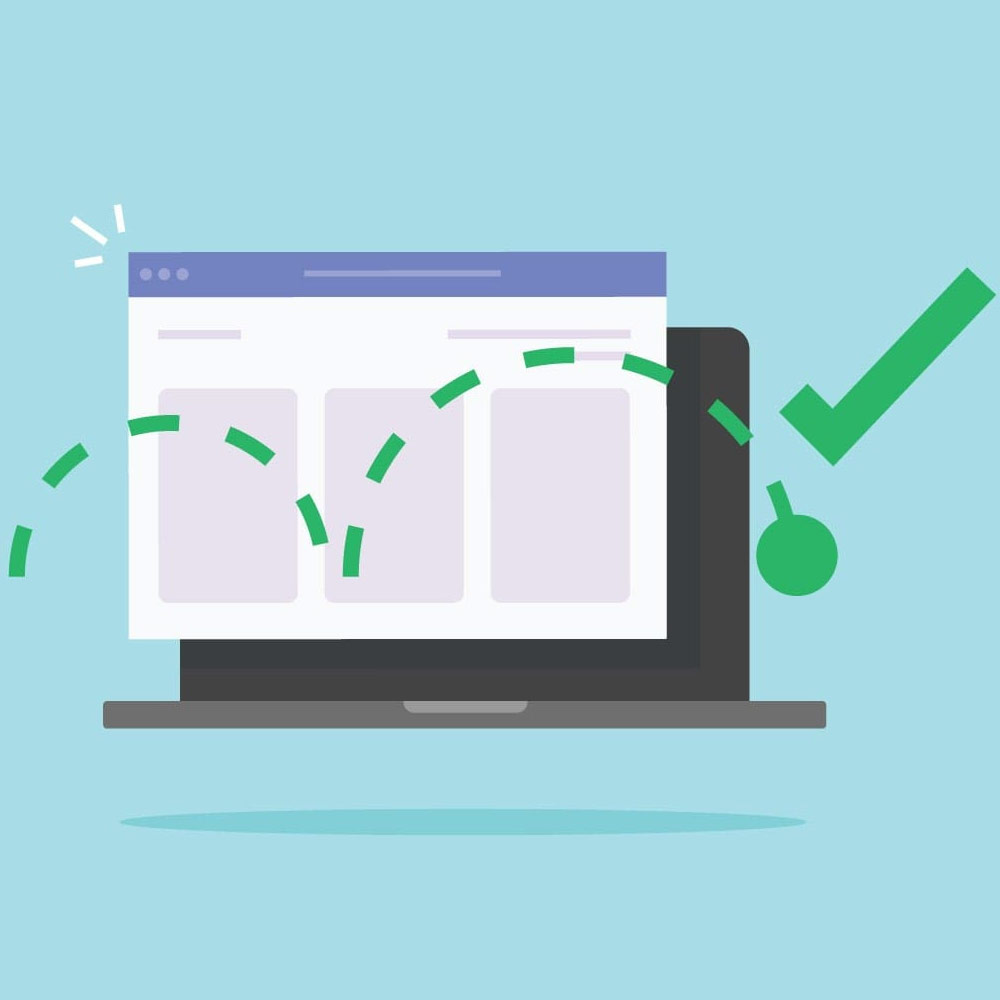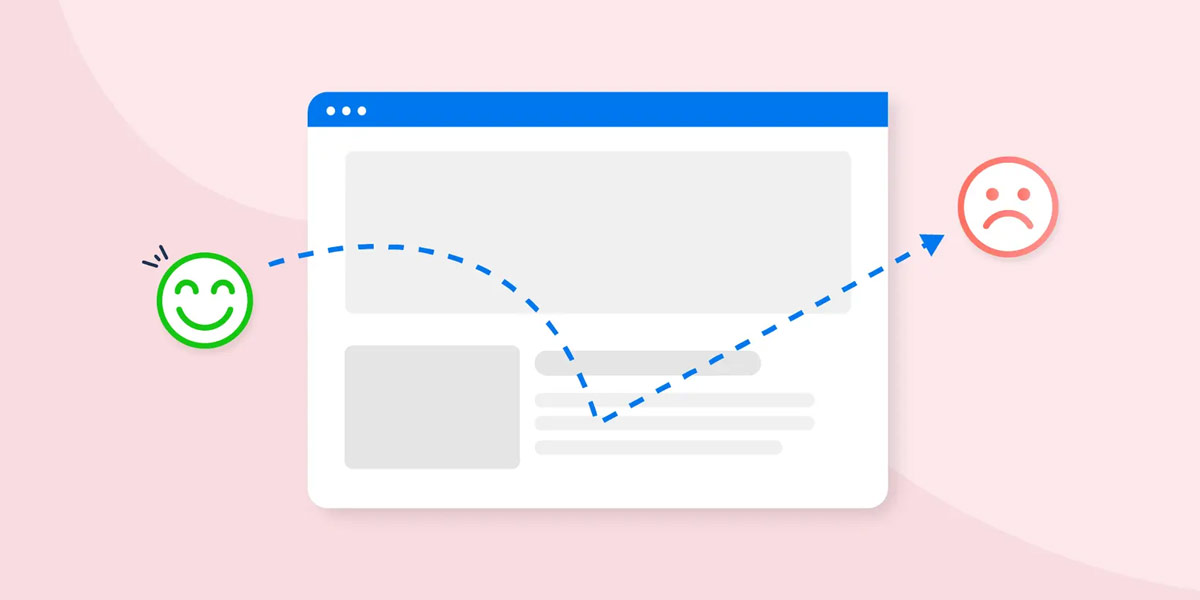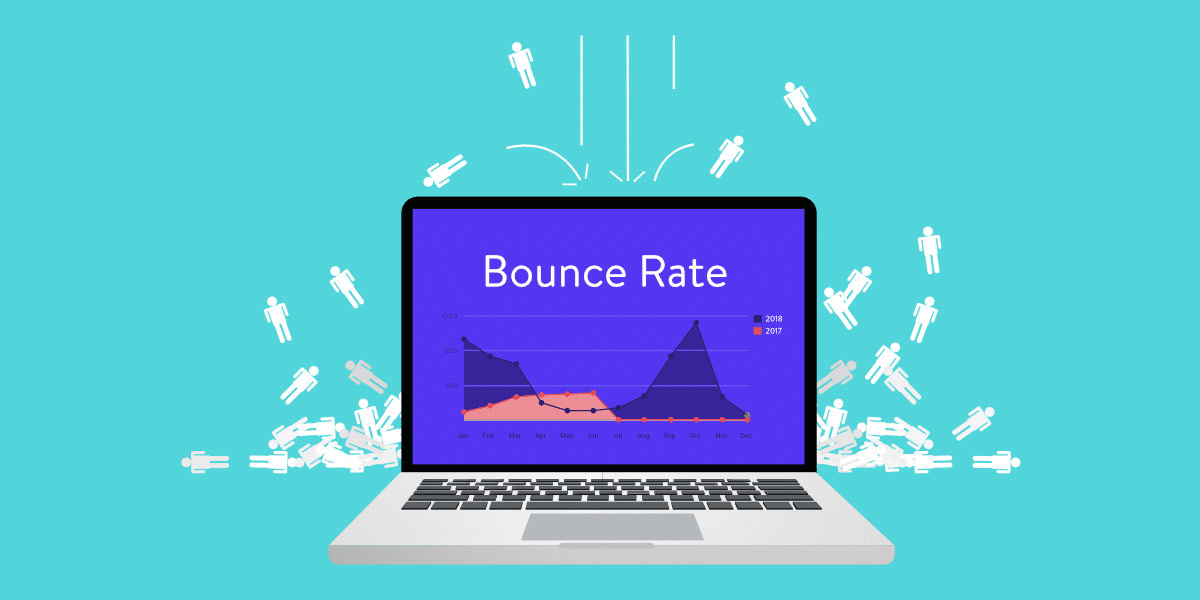What Is Bounce Rate and How to Improve It

If you’re a website owner or marketer, you’ve probably heard of bounce rates before. It’s a metric that measures the percentage of visitors who leave your website after viewing only one page. In other words, they “bounce” off your site without taking any further action.
While a high bounce rate may not always be a bad thing (depending on your website’s goals and content), it’s generally considered an indication of poor user experience. After all, if visitors are leaving your site without engaging with it, it could mean that they didn’t find what they were looking for, or that they encountered some other issue that turned them off.
In this article, we’ll dive deep into bounce rate, covering everything from what it is and why it matters, to how you can measure and improve it. We’ll also debunk some common myths and misconceptions about bounce rate, and provide tips and best practices for optimizing your website’s performance.
What is Bounce Rate?
Bounce rate is a metric that measures the percentage of visitors who leave your website after viewing only one page. It’s calculated by dividing the number of single-page sessions by the total number of sessions on your website.
For example, if your website had 1,000 sessions in a given period, and 600 of those sessions resulted in only a one-page view, your bounce rate would be 60% (i.e., 600/1000 x 100).
It’s worth noting that the bounce rate only applies to single-page sessions. If a visitor clicks through to another page on your site before leaving, it doesn’t count as a bounce. Additionally, if a visitor spends a certain amount of time on a page before leaving (usually around 30 seconds), it also doesn’t count as a bounce.

What is Bounce Rate?
Why Does Bounce Rate Matter?
Bounce rate matters because it’s a key indicator of user engagement and satisfaction. If visitors are leaving your site without engaging with it, it could mean that they didn’t find what they were looking for, or that they encountered some other issue that turned them off.
On the other hand, if visitors are spending time on your site, clicking through to other pages, and ultimately converting (i.e., completing a desired action, such as making a purchase or filling out a form), it’s a sign that your website is providing a good user experience.
Bounce rate can also impact your website’s search engine rankings. While Google has stated that bounce rate isn’t a direct ranking factor, it’s believed that it could indirectly affect your rankings if it’s a sign that visitors are dissatisfied with your site. Additionally, a high bounce rate can negatively impact your website’s conversion rate, since visitors who don’t engage with your site are unlikely to convert.
Myths and Misconceptions About Bounce Rate
There are several myths and misconceptions about bounce rates that we’ll debunk in this section.
Myth #1: A High Bounce Rate is Always Bad
As we mentioned earlier, a high bounce rate may not always be a bad thing, depending on your website’s goals and content. For example, if your website is a blog, it’s common for visitors to read one article and then leave. In this case, a high bounce rate is expected and may not indicate poor user experience.
Similarly, if you have a landing page with a clear call-to-action (such as signing up for a newsletter), and visitors are converting at a high rate without clicking through to other pages, a high bounce rate may not be indicative of poor user experience. The key is to understand your website’s goals and content and use bounce rate as a tool to evaluate whether you’re meeting those goals.
Myth #2: A Low Bounce Rate is Always Good
While a low bounce rate is generally desirable, it’s not always an indication of success. For example, if your website has a lot of distracting ads or pop-ups, visitors may be clicking through to other pages simply to escape them, even if they’re not interested in your content. In this case, a low bounce rate may be a sign of poor user experience.
Additionally, if your website has a lot of internal links that encourage visitors to click through to other pages, it may artificially lower your bounce rate, even if visitors aren’t finding what they’re looking for. Again, the key is to understand your website’s goals and content and use bounce rate as a tool to evaluate whether you’re meeting those goals.
Myth #3: Bounce Rate is Always Accurate
While bounce rate is a useful metric, it’s not always accurate. For example, if a visitor lands on your site and immediately hits the back button to return to the search results, it may count as a bounce even if the visitor found what they were looking for. Additionally, if a visitor spends a long time reading a page without clicking through to another page, it may count as a bounce even if the visitor is engaged with your content.
To get a more accurate picture of user engagement, it’s important to look at other metrics in conjunction with bounce rates, such as time on site, pages per session, and conversion rate.

Myths and Misconceptions
How to Measure and Improve Bounce Rate
Now that we’ve covered what bounce rate is and why it matters, let’s dive into how you can measure and improve it.
Measuring Bounce Rate
To measure bounce rate, you’ll need to have a website analytics tool installed on your site, such as Google Analytics. Once you’ve set up your analytics tool, you can view your bounce rate by navigating to the “Behavior” > “Site Content” > “All Pages” report.
From here, you can see your site’s overall bounce rate, as well as the bounce rate for each page on your site. You can also segment your data by various criteria, such as traffic source or device type, to get a more detailed view of how different segments of your audience are engaging with your site.
Improving Bounce Rate
Improving the bounce rate involves improving the user experience on your site. Here are some tips and best practices to get you started:
- Improve page load times: Visitors are more likely to bounce if your site takes too long to load. Make sure your pages are optimized for speed by compressing images, minifying code, and using a content delivery network (CDN).
- Improve content quality: Visitors are more likely to engage with your site if your content is high-quality and relevant to their needs. Make sure your content is well-written, informative, and easy to read.
- Improve website design: Visitors are more likely to engage with your site if it’s visually appealing and easy to navigate. Make sure your website design is clean and modern, with clear calls-to-action and intuitive navigation.
- Optimize for mobile: With more and more people accessing the internet on mobile devices, your site must be mobile-friendly. Make sure your site is optimized for mobile by using a responsive design and optimizing for touchscreens.
- Reduce distractions: Visitors are more likely to bounce if there are too many distracting ads, pop-ups, or other elements on your site. Make sure your site is clean and uncluttered, with a clear focus on the content and value you’re offering to visitors. Minimize the number of distracting elements and make sure any ads or pop-ups are relevant and unobtrusive. By reducing distractions, you can help visitors stay engaged with your site and reduce your bounce rate.
- Use internal linking strategically: Internal linking can help guide visitors to other relevant pages on your site, but it should be used strategically to enhance user experience, not just to artificially lower your bounce rate.
- Test and optimize: Improving the bounce rate is an ongoing process. Use A/B testing to test different variations of your site to see what works best, and use data and analytics to continuously optimize your site for a better user experience.
Pros and Cons of Bounce Rate
Like any metric, bounce rate has its pros and cons. Here are some of the advantages and disadvantages of using bounce rate as a metric:
| Pros | Cons |
|---|---|
| Easy to measure: Bounce rate is a simple metric that’s easy to measure with most website analytics tools. | Limited context: Bounce rate doesn’t tell the whole story of user engagement. For example, a visitor may spend a long time reading a page without clicking through to another page, which would count as a bounce even though the visitor is engaged with your content. |
| Indicates user engagement: A high bounce rate can be an indication that visitors are not finding what they’re looking for on your site, which can help you identify areas for improvement. | Can be misleading: A low bounce rate isn’t always an indication of success, as visitors may be clicking through to other pages simply to escape distracting ads or pop-ups. |
| Helps prioritize pages: By identifying pages with high bounce rates, you can prioritize those pages for improvement to improve overall user experience. | Can be inaccurate: Bounce rate isn’t always accurate, as a visitor may hit the back button immediately after landing on your site even if they found what they were looking for. |

How to Measure and Improve
Conclusion
Bounce rate is a valuable metric that can help you evaluate user engagement on your site and identify areas for improvement. However, it’s important to understand the limitations of bounce rate and use it in conjunction with other metrics to get a more accurate picture of user engagement. By focusing on improving user experience and continuously optimizing your site, you can improve your site’s bounce rate and overall user engagement.
FAQs
What is a good bounce rate?
There’s no one-size-fits-all answer to what a good bounce rate is, as it varies depending on the type of site and the goals of the site. However, as a general rule of thumb, a bounce rate of 40-50% is considered average, while a bounce rate of 25% or less is considered excellent.
What factors affect bounce rate?
Bounce rate can be affected by a variety of factors, including page load times, content quality, website design, mobile optimization, and distractions such as ads and pop-ups.
How can I improve my site’s bounce rate?
To improve your site’s bounce rate, focus on improving user experience through factors such as page load times, content quality, website design, mobile optimization, and reducing distractions such as ads and pop-ups. Use A/B testing and analytics to continuously optimize your site for better user engagement.

